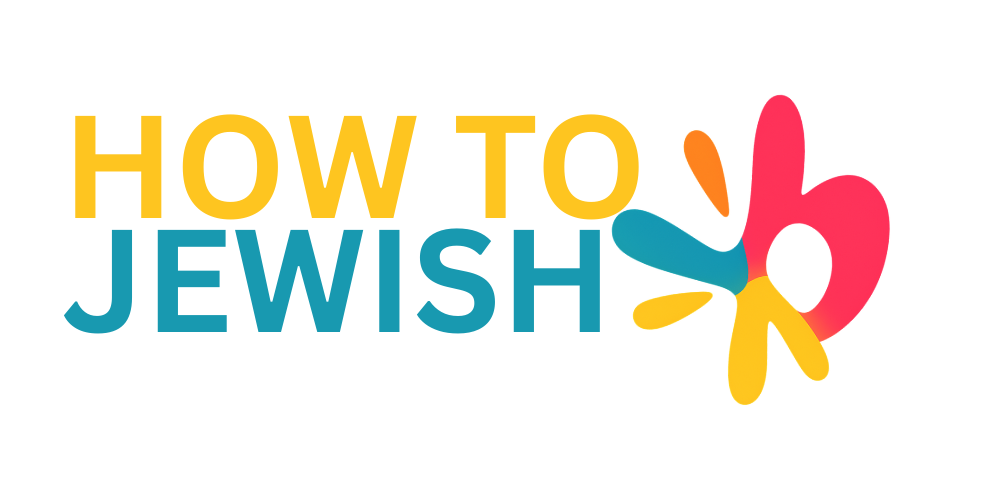“`html
Shabbat Meals: Structure and Meaning
Shabbat, the Jewish Sabbath, is a time of rest and spiritual rejuvenation that occurs every week from Friday evening to Saturday evening. One of the most cherished aspects of Shabbat is the meals that are shared with family and friends. These meals are not just about nourishment; they embody deep spiritual significance and reflect the beauty of Jewish tradition. This article will explore the structure of Shabbat meals and their rich meanings.
The Basics of Shabbat Meals
Each Shabbat meal is a special occasion that typically includes three main meals: the Friday night meal, the Shabbat morning meal, and the Saturday evening meal. Each meal is infused with custom and ritual that enhances the experience and invites a sense of holiness and joy.
1. Friday Night Meal (Shabbat Dinner)
The Friday night meal is the inaugural meal of Shabbat and holds a particularly elevated status. It begins with the following key elements:
- Lighting the Candles: Women traditionally light two candles just before sunset to usher in Shabbat. This act symbolizes bringing peace and holiness into the home.
- Kiddush: The meal begins with the recitation of Kiddush, a sanctification prayer over a cup of wine or grape juice. This acknowledges the significance of Shabbat as a day of rest and remembrance of creation.
- Challah: Two loaves of challah, often braided and beautifully presented, are placed on the table. They represent the double portion of manna that the Israelites received while in the desert, emphasizing the importance of resting on Shabbat.
- Hamotzi: Before eating the challah, a blessing known as Hamotzi is recited, thanking God for the bread of the earth.
2. Shabbat Morning Meal (Shacharit and Seudat Shabbat)
On Shabbat morning, after the morning prayer service (Shacharit), the next meal, known as Seudat Shabbat, is typically enjoyed.
- Study and Prayer: Many engage in Torah study or attend services before the meal, reinforcing the spiritual aspect of Shabbat.
- Kiddush Again: A second Kiddush is recited over the wine during the Shabbat morning meal.
- Festive Meal: Traditional foods such as gefilte fish, kugel, and chicken often fill the table. The meal reflects joy and abundance, symbolizing the bounty God has provided.
3. Saturday Evening Meal (Seudat Motzei Shabbat)
The final meal of Shabbat, which occurs after the havdalah ceremony, allows for reflection and closure of the sacred time. Here are some key aspects:
- Havdalah: This ceremony separates Shabbat from the rest of the week, involving a braided candle, spices, and wine. Through havdalah, we express gratitude for the sanctity of Shabbat and pray for its return.
- Light Fare: The meal tends to be lighter as it usually occurs late in the evening. Often, simple fare such as bread, cake, or soup is served.
The Spiritual Significance of Shabbat Meals
The meals shared on Shabbat are not merely physical sustenance; they serve as a profound opportunity for spiritual connection and bonding. Here’s why these meals are meaningful:
- Family Connection: Gathering around the table fosters community and strengthens family ties, promoting the values of love and unity.
- Creativity and Joy: Each meal offers an opportunity to express creativity through cooking and presentation, contributing to the joy of Shabbat.
- Mindfulness: Observing the blessings and customs allows individuals to cultivate mindfulness and appreciation for their blessings and traditions.
Conclusion: Embracing Shabbat Meals
Shabbat meals are a beautiful expression of Jewish tradition, infusing our weekly lives with meaning and community. By understanding the structure and significance of each meal, we can deepen our connection to Shabbat and enjoy these precious moments with loved ones. Whether you are new to Jewish practices or looking to enrich your spiritual journey, take time to enjoy and appreciate each and every Shabbat meal, making it
